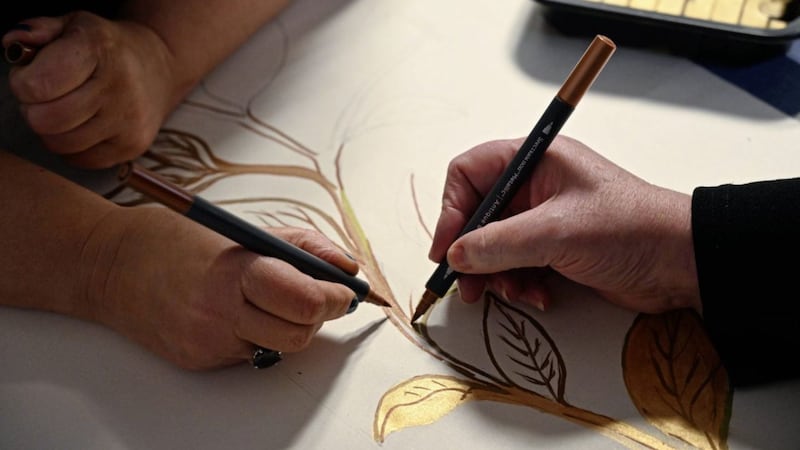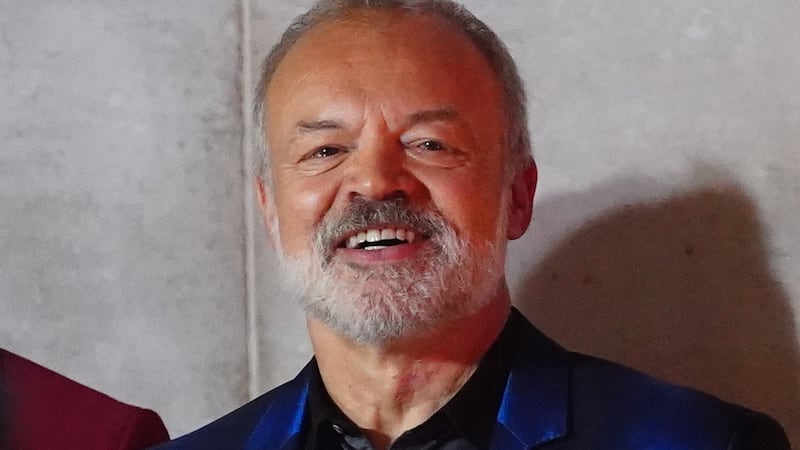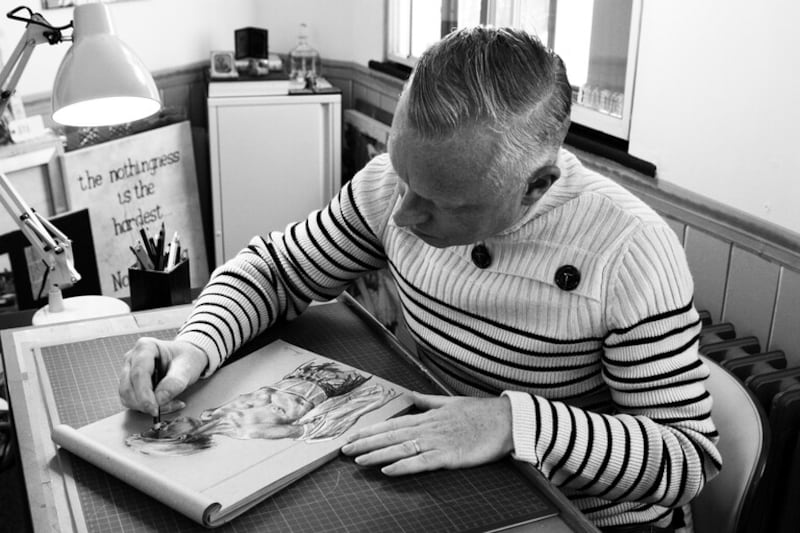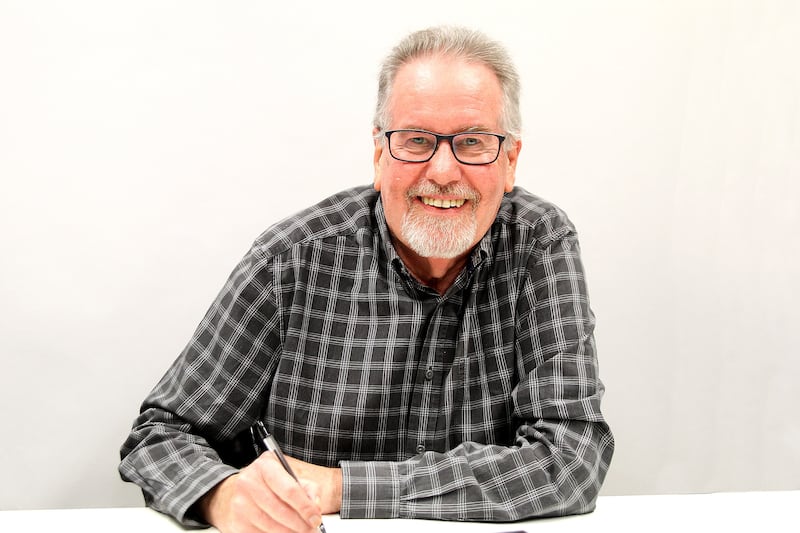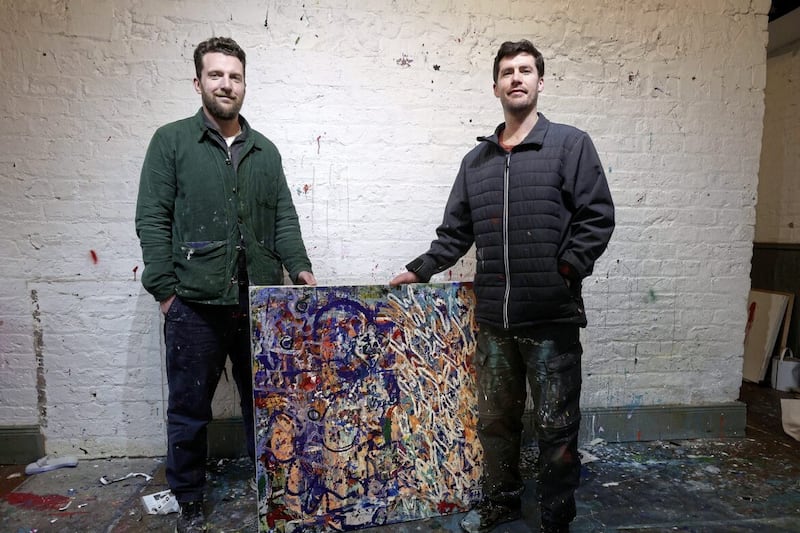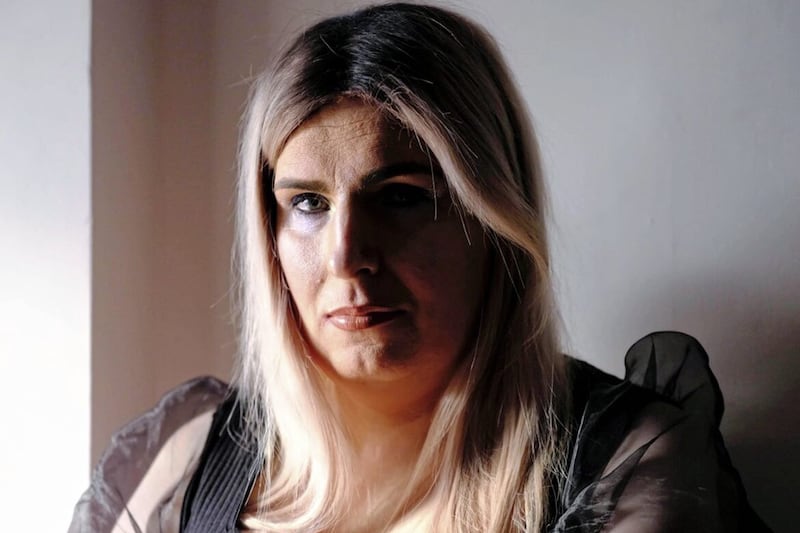WE all have expectations about what art - good art - can do. It can enlighten, entertain and make us think.
In the case of Belfast Exposed's new photographic show, We, Us, Them, which partners a similar show at the Centre for Contemporary Photography in Melbourne, it does nothing less than attempt to banish prejudice.
The two artists involved here, Deirdre Robb and Lesley Cherry, chat with me over a tea in their studio off High Street in the city centre.
The project began via the British Council and tackles head-on the idea of how different, disadvantaged groups of people slot into societies including our own.
The south Australian photographic undertaking focuses on indigenous Australian people, the Aborigines, and Robb and Cherry decided to portray Traveller culture because they felt there were parallels in terms of treatment, and mistreatment, with the Aboriginal community.
Deirdre Robb explains: "We felt there was a commonality. It's a question of how people are seen in our country.
"I started work with Travellers in 2006 and what we were looking at was racism. When I read up on the subject, I was very shocked that Travellers only received what's called 'first nation' status in 2017.
"In a way, these people have been forgotten, totally forgotten."
Robb adds that a decade ago, the Traveller cause received quite a lot of support and attention but that the situation has worsened: "Ten years ago, there was a lot of support, now they have been marginalised."
Not in We, Us, Them, which occupies half the main gallery space in Belfast Exposed's premises in Donegall Street.
Rosie, a teenage Traveller, is seen dancing her way across the wall in a series of glorious portraits by Robb, also the gallery's director.
Rosie is around 14, lost her father when she was very young, and was keen to participate. She now lives a settled life, which means that she and her immediate family do not move about in the peripatetic manner of her forebears.
Yet the caravan as both home and means of transport remains important. These were decorated in vibrant colours and traditional patterns, rather like canal boats.
You can see a little of this in an archive photograph also included in Robb's wall of work. A young boy, looking hopeful, sits near some of this décor, looking like a Dame Laura Knight painting of the hop workers in Kent, both noble and real.
Ironically, this photograph is monochrome. Yet the new artwork has a rich palette, with deep green and red, using motifs taken from nature including plant tendrils indicating the family. It's a kind of primitive William Morris.
"My work in conceptual and you need to go below the surface," says Robb. That is true but it's a moot point whether the complete context matters. What is important is the ceremonial, almost regal nature of this wallpaper, something you might expect to see on sale in Harrods or Liberty for about £400 a roll. It pays tribute to the Traveller tradition, as Robb explains: "It was important to give (these people) a status."
That's what is bigotry-busting about this important photographic exhibition. If art can join up the dots between us, the viewers, and the viewed, it's doing a good job.
Similarly, on the other end of the folk tapestry presented as wallpaper, a familiar, domestic creation, is Ann. She is a grandmother figure, presented in black and white and looking reflective.
Having travelled most of her adult life, she is now living in settled accommodation, "because of health problems", according to Robb.
Robb's work is unexpectedly like painting, with great use of colour, and as it takes photography in a new direction, that is another neat way of fighting our preconceptions.
There's an accompanying, fascinating piece of audio. The soundtrack, an installation by Cherry, relays the women's lives.
You can't help wondering a bit whether they might have recorded the female Travellers telling their own stories directly. Yet the recording about Rosie, with a haunting refrain, is dramatic and apt.
It's no surprise that Cherry is a fan of Alan Bennett's monologues. "It sets the scene. She's a typical teenager in many ways, worried about her weight, really loves her mum and misses her dad," she says.
Cherry adds that this girl we meet and register as appealing, is rightly affronted at being called 'a gipsy': "Like any teenage girl she'd hate to be judged for being a Traveller."
That's the point: Rosie is any teenage girl, Ann is any granny figure. They are exactly like 'us'.
On the wall opposite are the Australian photos that work in tandem. This is a moving series of shots, in black and white, of an Aboriginal guy who is also deaf.
So the pictures by Michelle Anderson and others show his hands performing sign language with an image of his face turned away. It's powerful and just as these photographs are replicated in Melbourne, so Robb's work is currently showing Down Under.
We may not always realise it but most of us have to fight against pre-judging people, as the artists themselves admit.
Robb says that Belfast Exposed mounted a previous exhibition to show that prejudiced views cut through society. "She was an Indian photographer and volunteer who said racism could be encountered among the so called educated classes, in south Belfast say, with professionals not promoted, doctors not making consultant. She'd lived here a long time and encountered a lot of prejudice."
There are other impressive shows in the gallery. Julie Rrap, a noted artist who explores the way women are represented, has a film in which her face, seen as in a mirror, moved from OK to serious to tearful, charting the impact of ageing and being judged less beautiful or important.
Upstairs, an interesting exhibition by talented young Greek photographer Ioanna Sakellaraki, The Truth is in the Soil, considers grief as the artist mourns her father, dead five years.
The painterly images of the photographer, faceless and veiled in the traditional Greek manner, near a shot of her young father riding a horse in the sea are striking. She also paints on camera images, extending our view of what constitutes photography.
:: The We, Us, Them and The Truth is in the Soil exhibitions run until May 21 at Belfast Exposed, 23 Donegall Street. belfastexposed.org, info@belfastexposed.org, telephone 9023 0965.
